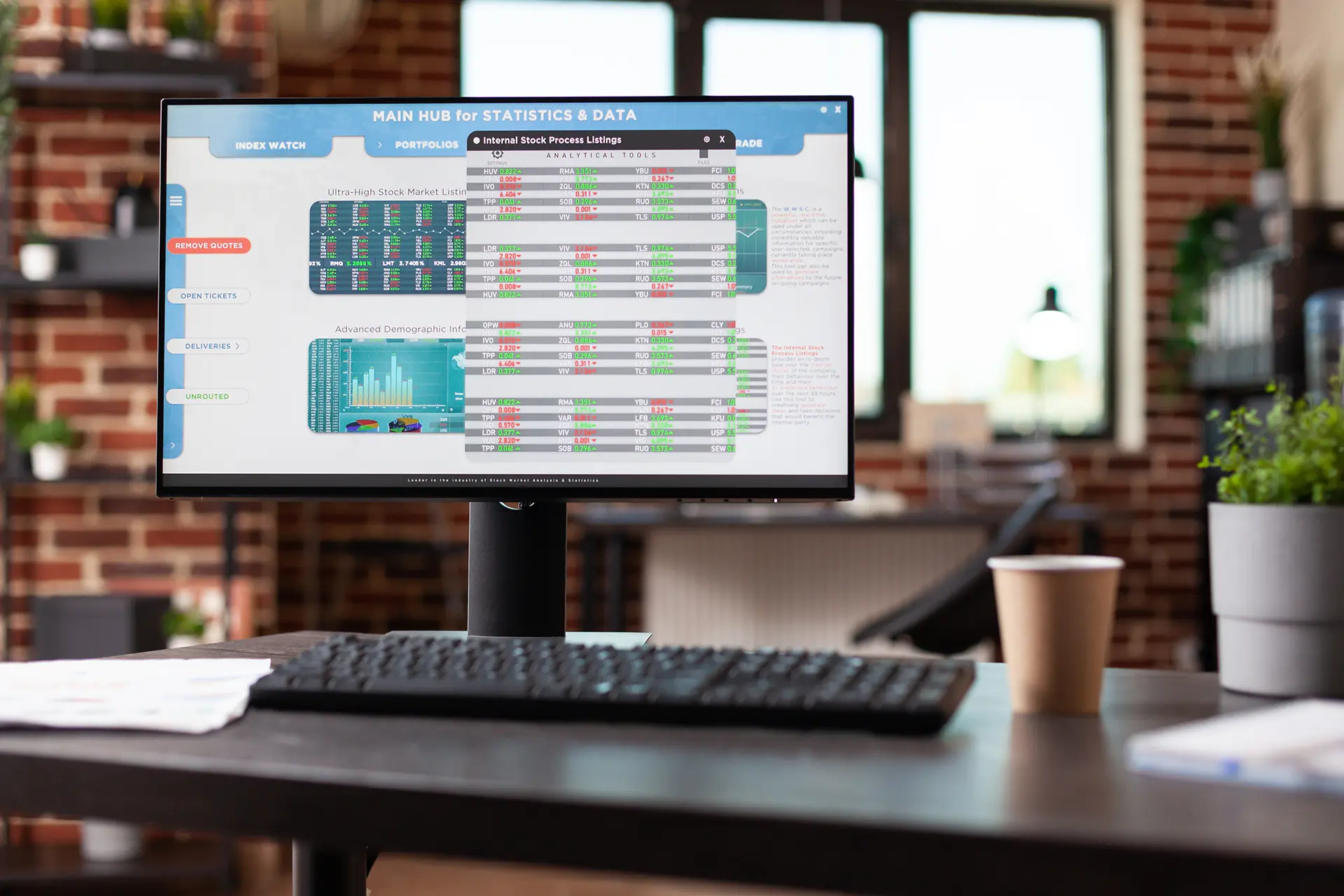Introduction
Global trade is evolving at an unprecedented pace, driven by technological advancements, shifting consumer behaviors, and regulatory changes. Businesses looking to expand internationally must stay ahead of emerging trends to remain competitive. This article explores key trends shaping the future of global trade and the opportunities they present for businesses.
1. Digital Transformation in Supply Chains
The adoption of digital technologies such as AI, blockchain, and IoT is revolutionizing supply chain management. Businesses are leveraging these tools to enhance transparency, reduce costs, and improve efficiency in global trade.
- AI-driven demand forecasting is minimizing overstock and shortages.
- Blockchain is enhancing security and transparency in cross-border transactions.
- IoT-powered smart warehouses are optimizing logistics and inventory management.
📌 Opportunity: Companies investing in digital supply chain solutions gain a competitive edge by streamlining operations and improving real-time decision-making.
2. Rise of E-Commerce and Direct-to-Consumer Trade
With the rapid growth of online marketplaces like Amazon, Alibaba, and Etsy, businesses are shifting towards direct-to-consumer (DTC) models. This trend allows brands to expand their reach and build stronger relationships with customers without relying on traditional retail channels.
- Global e-commerce sales are projected to reach $7 trillion by 2025.
- Cross-border e-commerce is opening new opportunities for brands worldwide.
- Logistics companies are developing faster fulfillment solutions to meet growing demand.
📌 Opportunity: Businesses that embrace multi-channel distribution and invest in efficient logistics can scale rapidly in international markets.
3. Sustainability and Green Supply Chains
Sustainability is becoming a key priority in global trade as governments and consumers demand more eco-friendly practices. Companies are focusing on reducing carbon emissions, adopting circular economy models, and using renewable energy sources in manufacturing and logistics.
- The EU and US are enforcing stricter environmental regulations on imports.
- Green logistics solutions, such as electric trucks and carbon-neutral shipping, are gaining popularity.
- Sustainable packaging is becoming a crucial factor in consumer purchasing decisions.
📌 Opportunity: Companies prioritizing sustainability can build stronger brand loyalty and gain access to eco-conscious markets.
4. Geopolitical and Trade Policy Shifts
Changes in trade agreements, tariffs, and geopolitical tensions are influencing global supply chains. Businesses must navigate new regulations and adapt their sourcing and distribution strategies accordingly.
- The US-China trade war has led to diversification in supply chains.
- Brexit has altered trade dynamics within the UK and the EU.
- The Regional Comprehensive Economic Partnership (RCEP) is reshaping trade in Asia-Pacific.
📌 Opportunity: Companies with flexible supply chains and contingency plans can mitigate risks and capitalize on emerging trade agreements.
5. Expansion of Emerging Markets
Emerging economies in Asia, Africa, and Latin America are becoming significant players in global trade. Businesses looking for new growth opportunities are increasingly targeting these regions for manufacturing, sourcing, and consumer markets.
- Africa’s e-commerce market is expected to grow exponentially in the next decade.
- Southeast Asia is becoming a major hub for electronics and textile production.
- Latin American countries are investing in logistics infrastructure to attract global trade.
📌 Opportunity: Expanding into emerging markets provides businesses with access to new customer bases and cost-effective production hubs.
Conclusion
The future of global trade presents both challenges and opportunities. Businesses that stay ahead of digital transformation, embrace sustainability, and adapt to shifting trade policies will thrive in the evolving international marketplace. By leveraging strategic distribution, efficient logistics, and multi-channel trade, companies can position themselves for long-term success.



Leave a comment